Adventure School participates in the Amazon Services LLC Associates Program, an affiliate advertising program for sites to earn advertising fees by advertising and linking to amazon.com
“It is an ironic habit of human beings to run faster when we have lost our way.”
Dr. Rollo May
Learning backcountry navigation skills can seem a bit intimidating if you’re used to a well-beaten trail through the sunny warm woods, but if you want to venture off the trail into more remote places or if you want to be prepared for the unexpected, then read on my friend – reliable outdoor navigation skills are critical to any adventurer.
After you’ve read this post, read here to learn how to use a map and compass.
Then read here to learn natural navigation techniques.
Backcountry navigation skills have been an important part of my toolset as an avid adventurer and have probably saved me from a few cold and lonely nights and hefty search and rescue bills.
My story of getting lost and finding my way again using backcountry navigation skills
Let me tell you a story of a time my backcountry navigation skills saved my bacon and kept my mom from having a nervous breakdown.
The summer of my 15th birthday, my family went on a backpacking trip in the High Uintah Wilderness. Everyone in the family came including the baby and the dog. We spent plenty of time in the outdoors as a family, but this was the first time we all went backpacking together. My dad loved every minute of it, but my mom didn’t seem as thrilled.
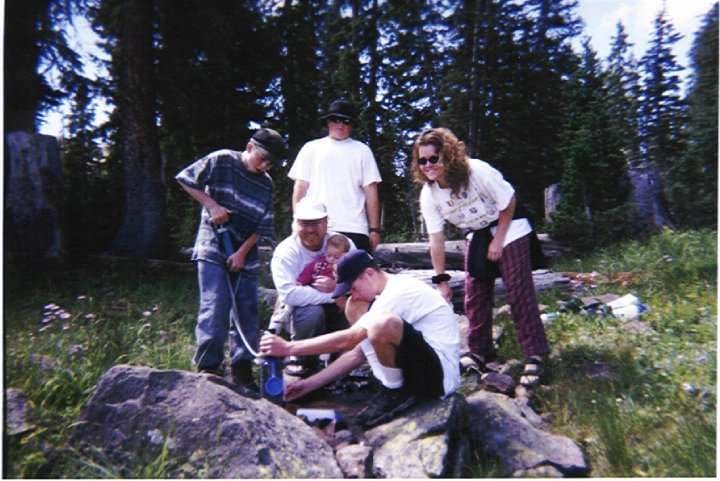
On one of the days, we went on a hike to Allen lake. There’s no relation to the namesake, but we couldn’t resist a visit. Also, there were reports of excellent fishing there!
We set out on the trail with a few day packs spread between us and a couple of two-way radios. The hike was about 7 miles one way with about a 1.5 miles of cross-country hiking.
After a rainstorm, a hailstorm, some sun and then a steady drizzle, lots of complaining, and lots of mud, we made it to the point where we needed to cut off the trail and bushwhack through the forest to the lake.
Cross-country
Here’s a topo map of the area marked with our intended route:
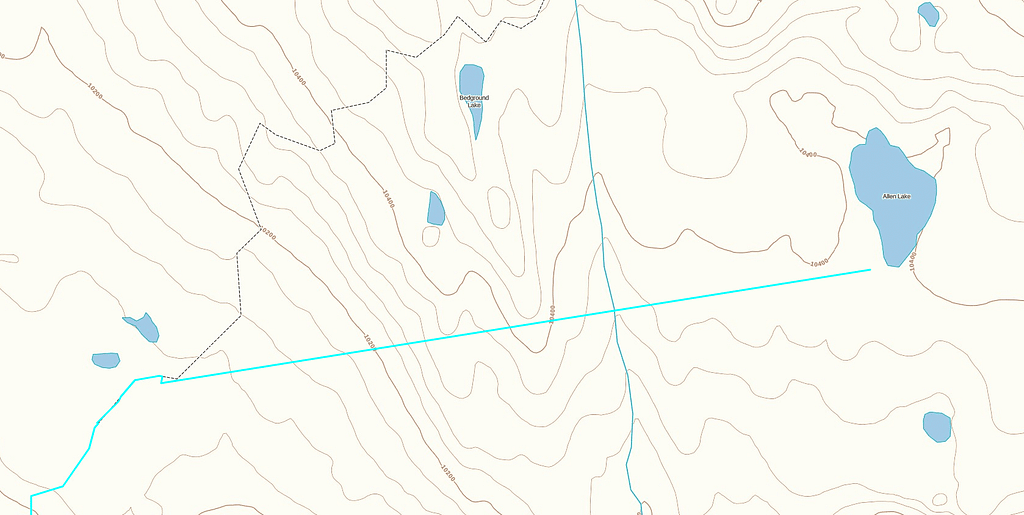
We had a map and the terrain didn’t look hard to navigate at all. My dad was wise and let me – the eager explorer – practice my skills under supervision and lead the way. We got to the small gulley at the bottom of the hill when my mom asked if we could stop for some lunch and to warm up as the baby was freezing from being in the pack and not walking. The lunchtime hangry monster had come to visit us. We couldn’t see the lake yet so my dad agreed to let us all stop while he made lunch.
While he got out the stove to make soup, he handed me one of the radios and said, “Head over that ridge and see if you can see the lake”. I was super excited (and a bit overconfident) as I headed out on my own … in the rain … with nothing but a jacket and a radio.
It was less than a mile to the lake over relatively flat terrain. What could possibly go wrong, right?
I hiked up the grassy ridge in front of me stepping carefully to avoid the tall, wet grass. I was sure when I got to the top of the hill I’d see a slope down to the stream and a meadow on between me and Allen lake.
What I saw was not Allen lake, it was a little muddy pond that may not even have shown up on the map – the map that I didn’t have with me.
Lost
I pushed the radio button to tell my dad that I didn’t see Allen lake and to ask him if there was a pond on the map near the lake. “Dad, can you hear me?” … no answer.
“Dad?”
Again, nothing.
So I thought, “maybe there was another ridge on the map that I didn’t notice”
I headed past the pond and up over the next ridge to see if the lake would show itself.
No lake!
I tried the radio again.
Nothing.
I wasn’t panicked at all at this point, but I was frustrated and mad at myself for not preparing for this situation.
I did a mental check to see if any of my training from years spent outdoors as a kid would give me any ideas.
What I came up with was to turn around and head back where I came from rather than push further in an unknown direction.
I went back down the hill and past the pond and headed up the other hill. When I got to the top of the hill I didn’t recognize the terrain but thought “I’m not that far, I’ll just yell to my dad and get my bearings.”
A light drizzle created enough noise that after several loud hollers, I heard no response.
At this point, I was very disoriented, didn’t have a way to communicate with my family, and was very underprepared.
I started to worry and play out scenarios in my head.
“What would I do if I can’t find them? Where will I take shelter? How can I get a fire going to stay warm? Are there any other people in the area?”
I still wasn’t panicked, but I was definitely worried and on high alert.
A plan of action
I stood silent for what felt like forever as I listened for any noises and studying the terrain.
My teenage confidence assured me that I could find my way back. I tried to recall the details from the map in my mind.
The sun wasn’t out to get my bearings from and I didn’t see any trees with moss in the area.
There was a stream running roughly parallel to the trail between my family and the lake and I thought if I could find the stream, I could find my way to the lake or back to my family.
I took it nice and slow walking about 50 yards at a time. Between each length, I’d give a loud shout to my dad and then wait in silence for a response while I reassessed my bearings.
I worked my way in these small bouts for about 10 minutes in a straight line in what I thought was west.
“Aha! I see the stream!”
Finally, a landmark I recognized could orient from. I knew the stream ran north-south and I was almost positive I stood on the east side of it headed west.
I stopped on the west side of the stream and gave the radio another try. A faint response crackled back, but I couldn’t make out any of the words (Radios are way better these days).
I thought I might be within shouting distance, so I gave a loud long shout and waited in silence.
Found
To my excitement, I heard my dad’s voice echoing back to me from a distance. I thought it was coming from the north, upstream.
I began making my way up the stream with shouts every little bit and my dad began making his way to my location.
After not more than a few minutes we spotted each other.
The relief I felt was palpable, but probably not as much as the relief my dad felt. He was the one who sent his son off into the wilderness alone after all.
We made our way back to the lunch spot where my mom and siblings were waiting. I don’t think I’ve ever seen my mom look so relieved to see me. It was clear she was not happy about the situation and had experienced all kinds of emotions while her little boy was off in the wild.
I ate some hot soup and we packed up and headed over to the Allen lake to fish.
I was careful to observe the direction we were headed to see where I went wrong and with the help of a map, it was clear I was just a bit too far south to see the lake.
We made it there in no time and enjoyed an afternoon of fishing before hiking back to base camp.
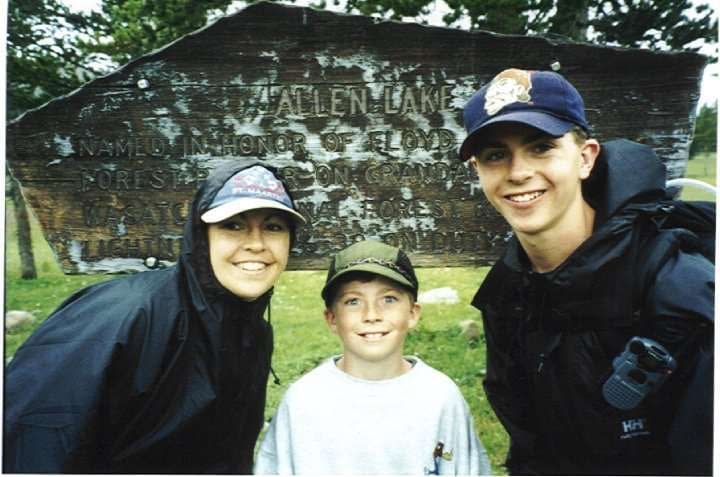
By my estimation, this whole episode probably lasted about 45 minutes, but it felt like an eternity as my senses heightened and I worked methodically through my options to find my family.
Fortunately, my backcountry navigation skills weren’t completely lacking back then, but I’ve certainly learned a thing or two since this ordeal that would have made that afternoon much less memorable for all of us in a good way.
Let me share with you some essential backcountry navigation skills and practices to keep you from ending up lost and alone in the wilderness.
Prepare beforehand
The first critical step to not getting lost is to prepare well before you get out into the wild. Before any trip, I spent tons of time poring over maps, reading trip reports, using Google Earth, and plotting out my route.
You may not know where you’ll end up, but studying the entire area and making mental notes of key landmarks can make all the difference when you need to know that the large sharp peak on the skyline is on the north of the drainage you’re in.
I like to plot out my routes in online tools like Gaia GPS and upload the GPX file of my route into my phone and into my watch so I have redundancy for navigating. I also plot out my route on a USGS topo map or other area map and print out a copy for everyone in the group.
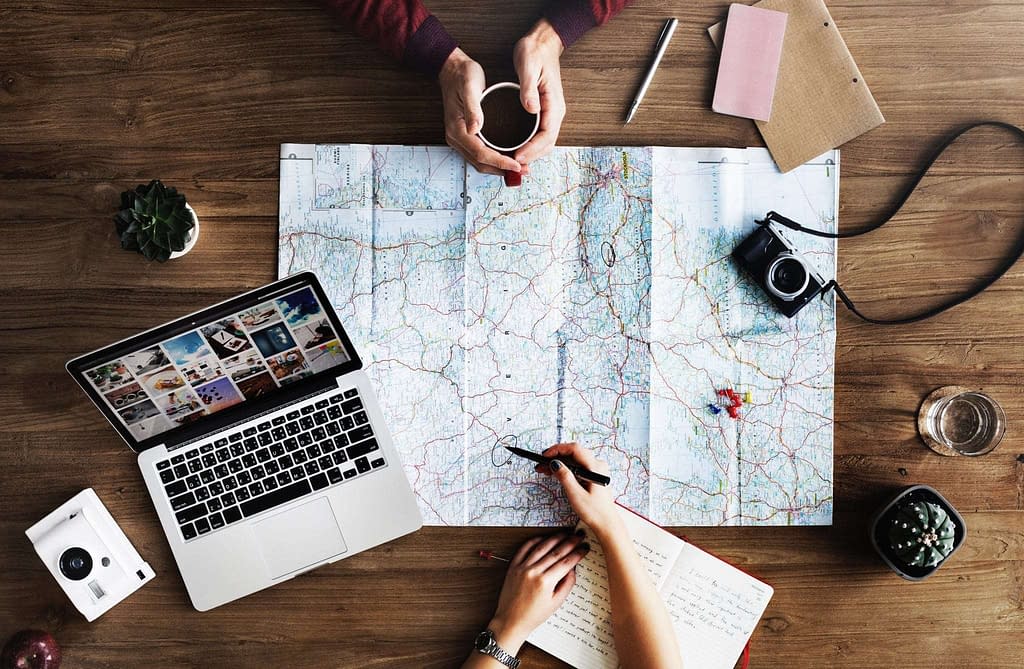
My dad probably had a much better understanding of the area than I did, but that didn’t do me any good when I was all alone.
After decades of additional navigation experience, I now try to create a mental video of the entire route so I know what to look for at each major waypoint even before I get there.
Everyone in the party needs to study the area and be prepared!
Pay Attention
Once you get out into the backcountry, your best backcountry navigation skill is to pay attention to your surroundings. I knew I went over two ridges and past that little pond so when I needed to retrace my steps, it was much easier.
From the start of the adventure at the trailhead, make mental notes of landmarks at forks in the trail or points of departure from the beaten path. This often requires that you turn around and look back where you came from since that’s the direction you’ll be facing when you return.
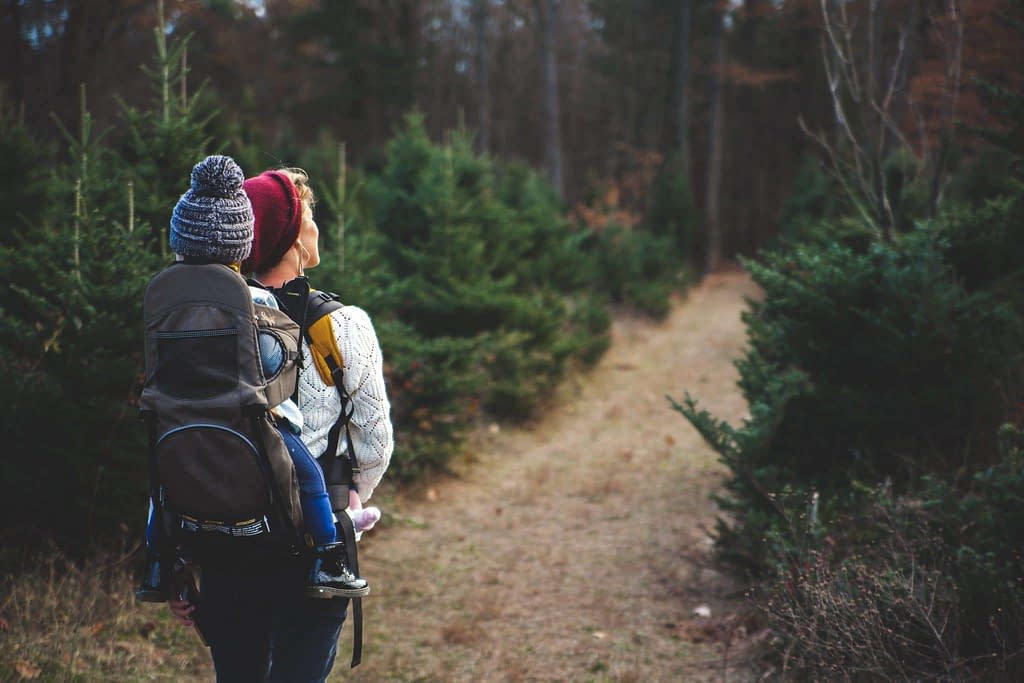
Adjust frequently
-
 Weatherproof Paper$42.65
Weatherproof Paper$42.65
Assuming you have the backcountry navigation skills to read use a map and compass, check your bearings frequently. It only takes walking off course for a few hundred yards to end up in a completely different drainage and in many activities such as canyoneering, this can be a fatal mistake.
This means you need to keep your map handy and consult it often. I discourage being completely dependent on technology to navigate, but my Suunto Traverse Alpha is my first choice for navigating because it’s right on my wrist all the time. In navigation mode, I simply have to look down and line up my direction of travel with the arrow.
I also keep a map in a ziplock bag in my pocket so I can quickly pull it out and make assessments in a few seconds each time the group stops. Even in a ziplock bag, maps tend to get wet from sweat, or dew so I like to print maps on waterproof paper. It’s awesome stuff that can save you when normal paper would get mangled. I bought this kind on Amazon.
I also like to check the map at each fork or divergence in the terrain.
If only I had a map or my GPX route back at Allen Lake.
Don’t panic
If you ever get to a point that feels a bit unfamiliar or not as described in all your beta work, stop and think.
Never panic and never make rash decisions about what direction to head. Wait until you’re confident in your bearings before you move forward.
Stop, grab some food, pull out the map, and study. Work your way through the features you can see and try to line them all up with the map. Sometimes you don’t have much to work with, but nature can provide more than peaks and lakes.
Learning natural backcountry navigation skills like using the sun, wind, trees, and stars can be invaluable in some places like open sand dunes or dense forests.
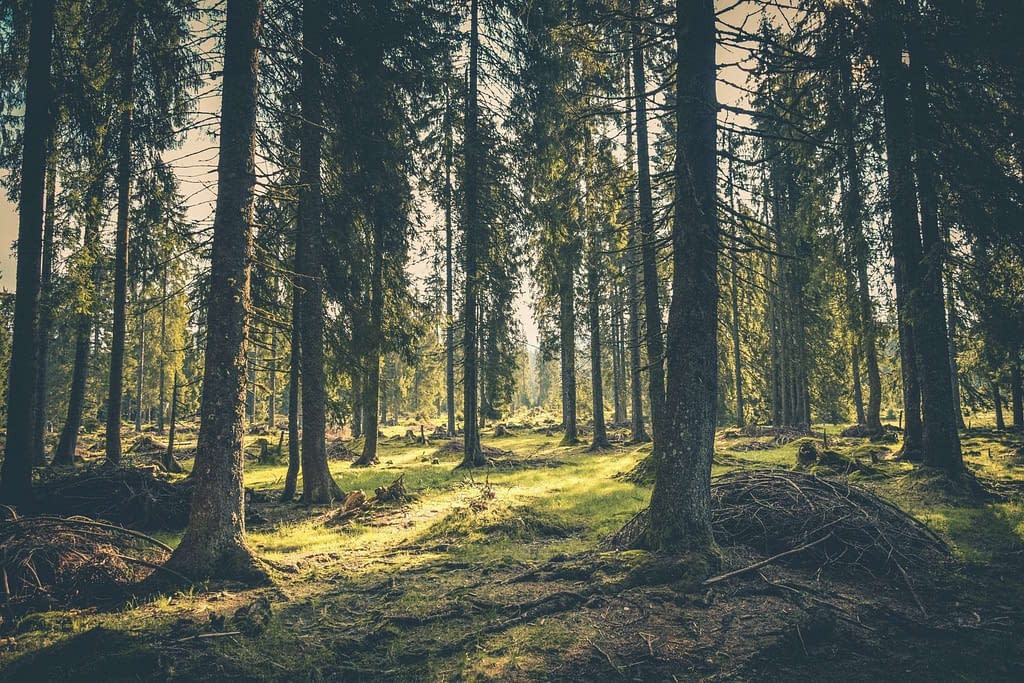
Use what you have available and get back on track. If you don’t have enough reference points, it can help to deliberately head to high ground to get a better vantage, but be sure you don’t get yourselves more lost in the process.
If you still can’t find your way and the day is ending, it’s often best to down and set up camp and try again the next morning. Don’t try to navigate in the dark if you can avoid it.
Use pace and time
Part of the pre-trip prep should be planning out the expected time to each waypoint. This can be tricky if you don’t know the conditions of the terrain. Knowing that you should arrive at the river after about 2 hours of hiking gives you a good mental check at 2 hours.
(If you want to increase your pace read our post on hiking faster)
Knowing your pace also allows you to judge the distance traveled. If you know your direction, you can estimate where you’re at on the map. It takes a bit of practice, but tracking your pace, including time spent resting, can be a huge help if you lose your way.
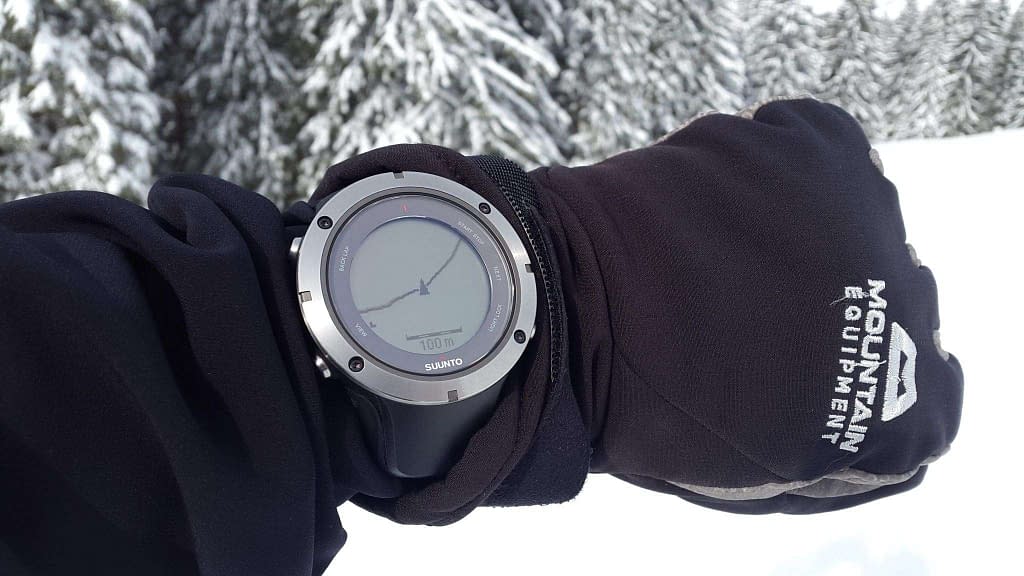
I’m lost, now what?
Follow the terrain
If you find yourself disoriented, following the terrain on the path of least resistance is usually the best option. Using the game trail that traverses the slope rather than going straight up is often the most efficient route. The stream bed downhill is typically the best way out if you’re trying to get back to a downhill trailhead.
Learn from mistakes
Outdoor navigation skills or not, we will all get disoriented at some time or another. The trick is to not panic and learn from your mistakes. Stay calm and logical. When you find your way back, assess what went wrong and where you went off course.
This is what I did after my Allen Lake adventure. I would never get lost in that same way again.
Stay put
Once you realize you don’t know where you are, stop immediately, Don’t leave the general area until you know where you are. Running off in the wrong direction will only leave you more disoriented. There are more wrong ways than right ways. Don’t take the risk.
Ask for help
Despite some opinions, it will not kill you or emasculate you to ask someone for directions. There may be nobody within 100 miles of where you’re lost, but don’t ignore the opportunity. Don’t hesitate to ask someone for help if you’re lost and have the chance to ask.
If you adequately prepare and have the backcountry navigation skills you need, there’s no reason to call SAR because you’re lost. I haven’t covered all the navigation skills you need to hone in this article. Watch for the next article to learn how to use a stick or the snow to find north or how to use a compass and map to triangulate your exact position.
Until then, adventure confidently and safely!

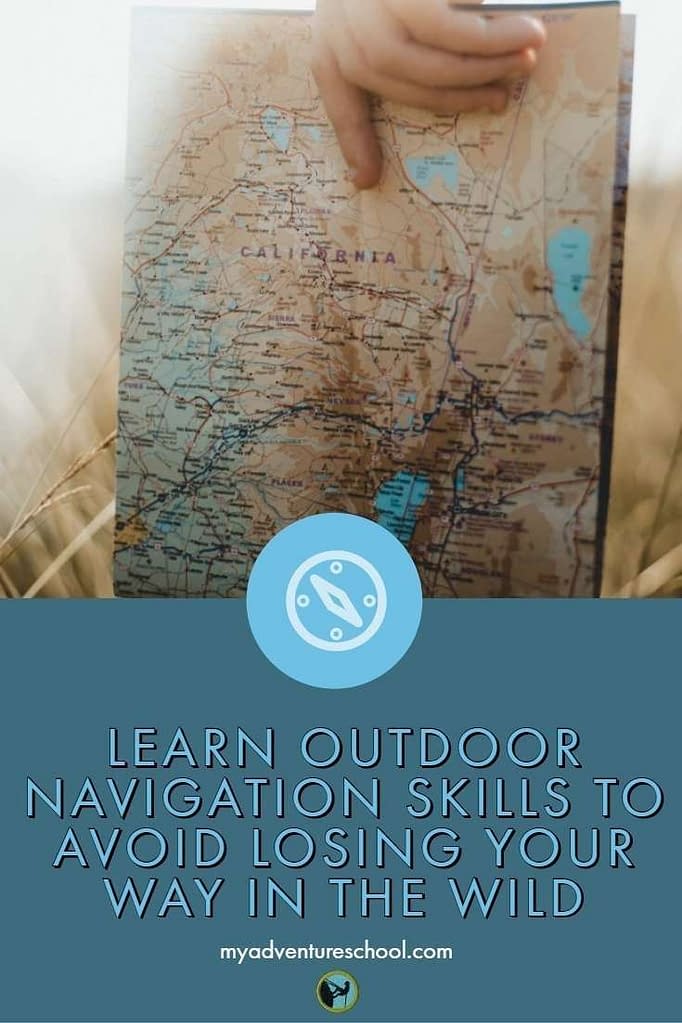



Can you put me on your e mail notification list?
You’ve been added to the email list. Watch for more great content each week.
Hello, just wanted to say, I loved this blog post. It was helpful.
Keep on posting!
Right on! I’ll keep posting. Thanks.
Hi there, I enjoy reading all of your article. I wanted to
write a little comment to support you.
Thanks Chong. That means a lot to me. I work hard on them.
Looks realy great! Thanks for the post.
Sure. Glad you enjoyed it.
Wow, that was unusual. I just wrote a very long comment but after I clicked submit my comment didn’t show up.
Grrrr… well, I’m not writing all that over again. Anyhow, just wanted
to say superb blog!
Thanks Gabriel, sorry your comment didn’t show up. We’d love to hear more from you.
Hello There. I found your blog using google. This is an extremely well
written article. I’ll be sure to bookmark it and come back to read more of your
useful information. Thanks for the post. I’ll certainly return.
Thanks for sharing this post about outdoor navigation skills. I Loved it!